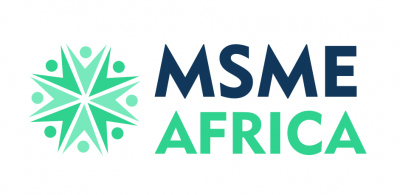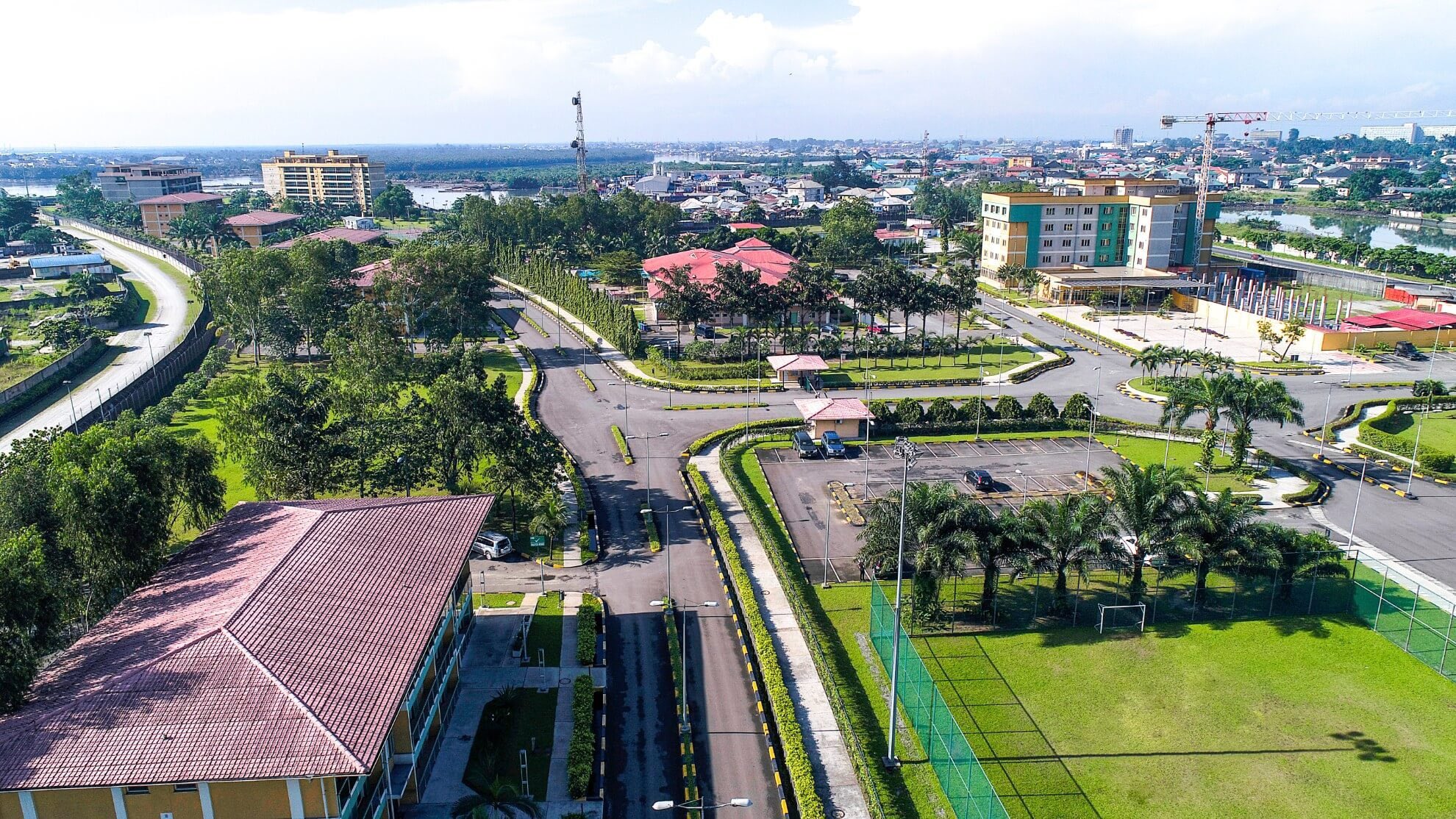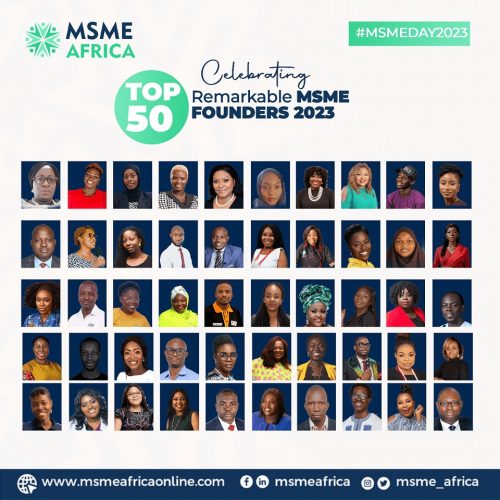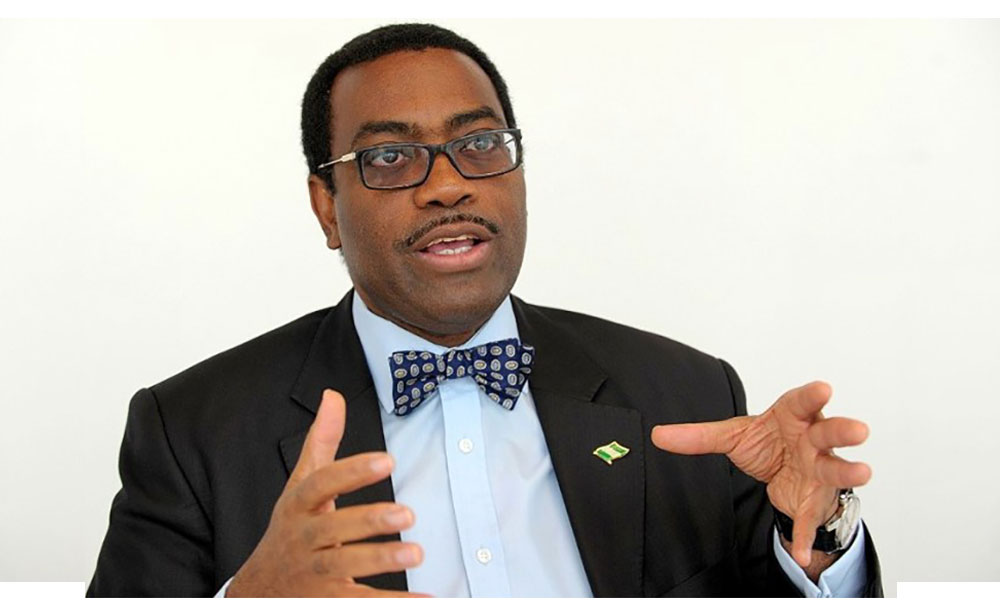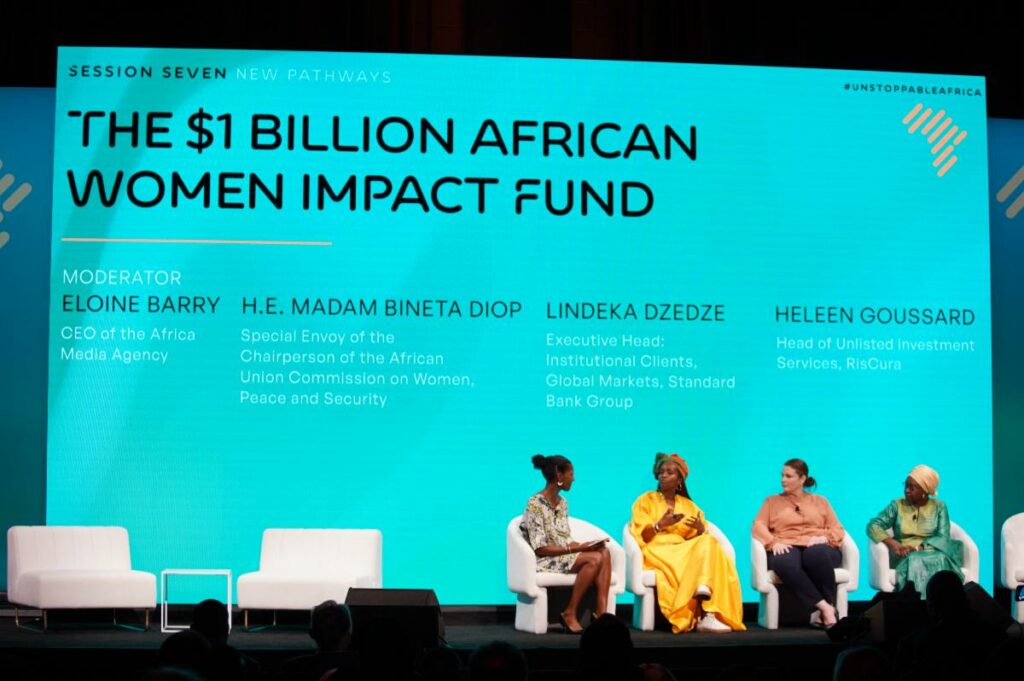The African Development Bank (AfDB), in partnership with the International Labour Organization (ILO), has launched a continent-wide initiative aimed at ensuring every development investment actively contributes to youth employment, entrepreneurship, and market-relevant skills acquisition.
Known as the Youth, Jobs and Skills Marker System, the new framework is the first of its kind introduced by a development finance institution to systematically embed youth-focused outcomes into its operations across all sectors. It aligns with AfDB’s newly unveiled Ten-Year Strategy and puts Africa’s growing youth population at the core of the continent’s long-term transformation.
Under the system, investments in sectors such as agriculture, transport, water, energy, and education will now be required to contribute meaningfully to job creation, skills development, and support for youth-led enterprises. The aim is to link economic growth directly to labour market benefits for the millions of young Africans entering the workforce each year.
Dr. Beth Dunford, AfDB’s Vice President for Agriculture, Human and Social Development, said the move marks a major shift in how youth engagement is approached—not as passive recipients of programmes, but as active participants driving economic sustainability. “This is about giving Africa’s youth a genuine voice and role in shaping sustainable economies,” she said.
The framework is built around three core focus areas:
Youth: Promoting youth-led micro, small, and medium enterprises through intentional investment and project design.
Skills: Expanding access to practical, demand-driven training, apprenticeships, and career readiness tools.
Jobs: Prioritising sustainable employment generation through AfDB-funded projects, with a focus on value chains that can absorb large numbers of young workers.
The marker system is modelled after the Bank’s successful Gender Marker System, and will be supported by a real-time digital dashboard. This tool will assist AfDB staff and consultants in project preparation, country strategy development, annual reviews, and supervision, while tracking youth-focused outcomes in employment and skills development.
A pilot version is already in use, with full rollout expected by 2026.
According to the World Bank, integrating a “jobs lens” into development efforts—such as infrastructure, access to finance, and energy—can greatly enhance their impact. Jose Manuel Romero, an economist with the World Bank’s Jobs Group, noted that job-focused planning ensures that development financing delivers direct benefits to people, particularly when deployed at scale.
The urgency of this initiative stems from the stark mismatch between labour market demand and supply in Africa. Each year, an estimated 10 to 12 million young people enter the workforce, but only around three million formal jobs are created, leaving millions underemployed or in informal sectors with limited opportunities for growth.
ILO officials say the new system represents a turning point in aligning development finance with the broader goals of decent work and economic inclusion. Peter van Rooji, ILO’s Director of Multilateral Partnerships and Development Cooperation, stressed the system’s potential to accelerate progress —which promotes inclusive economic growth, full and productive employment, and decent work for all.
“The skills and job market system that the ILO is building with AfDB is significant for two reasons,” he said. “It enables large-scale contributions to SDG 8 and ensures that development lending supports better jobs and more sustainable outcomes.”
Beyond project-level outcomes, the framework is expected to improve data accuracy, strengthen labour market information systems, and provide a foundation for evidence-based policymaking. By doing so, it aims to close the gap between education and employability, improve youth inclusion in economic planning, and empower the next generation of African entrepreneurs and workers.
As AfDB moves toward full implementation, the Youth, Jobs and Skills Marker System is poised to reshape how development projects are planned and evaluated—making youth employment a central pillar of Africa’s growth story over the next decade.
